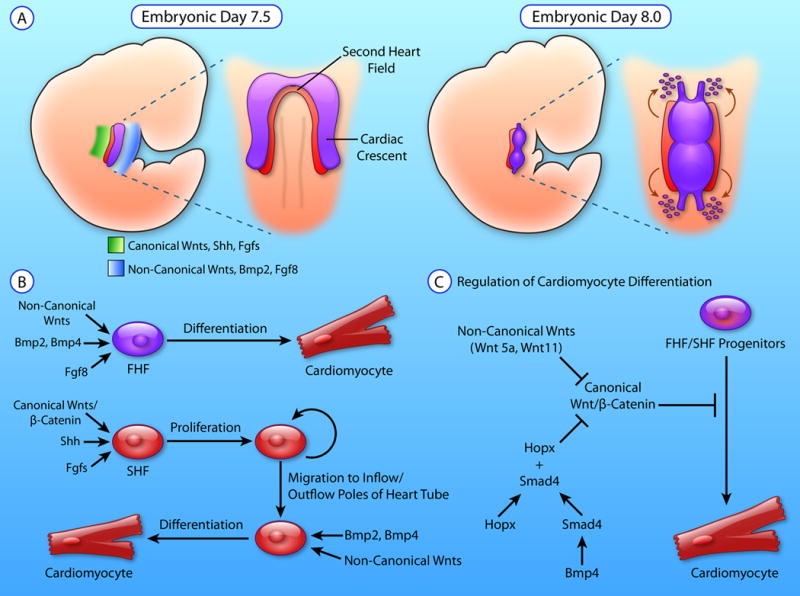Figure 2. Regulation of cardiac progenitor proliferation and differentiation.

A. Schematic showing the anterolateral position of first heart field (FHF) progenitors and dorsomedial position of second heart field (SHF) progenitors at E7.5. Canonical WNTs, Sonic Hedgehog (SHH), and fibroblast growth factors (FGFs) are expressed dorsally in the region encompassed by the SHF, while non-canonical WNTs, BMP2, and FGF8 are expressed ventrally, where the FHF is present. FHF progenitors make up the cardiac crescent and differentiate prior to the SHF in order to form the developing heart tube at E8.0. SHF maintain their proliferative state and elongate the heart tube by migrating and differentiating at the inflow and outflow poles of the heart. B. Non-canonical WNTs, BMP2/4, and FGF8 signaling drives FHF progenitors to differentiates towards the myocyte lineage. Meanwhile, Canonical WNT/β-catenin, SHH, and FGFs maintain SHF progenitor proliferation. SHF progenitor migration to the outflow and inflow poles of the heart tube exposes them to BMP2/4 and non-canonical WNTs which drives SHF progenitors to exit their proliferative state and differentiate. C) Canonical WNT/ β-catenin signaling inhibits the differentiation of cardiac progenitors to the myocytes. BMP signaling activates SMAD4 which binds to the transcription factor HOPX to directly inhibit Canonical WNT/β-catenin. Moreover, non-canonical WNTs such as WNT5a and WNT11 also inhibit Canonical WNT/β-catenin to drive cardiac progenitor differentiation. (Illustration credit: Ben Smith)
